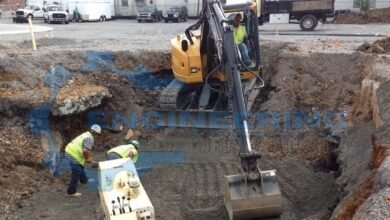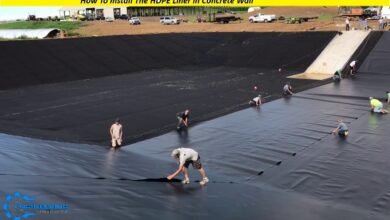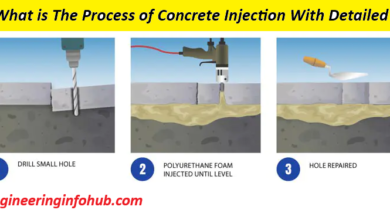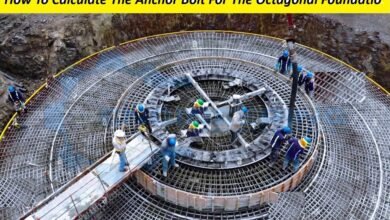Definition And Importance of Bar Bending Schedule In The Construction
Definition of Bar Bending Schedule |Importance of Bar Bending Schedule in Construction |Importance of Bar Bending Schedule In Construction |Components/Steps of the Bar Bending Schedule| Role of Bar Bending Schedule in Construction
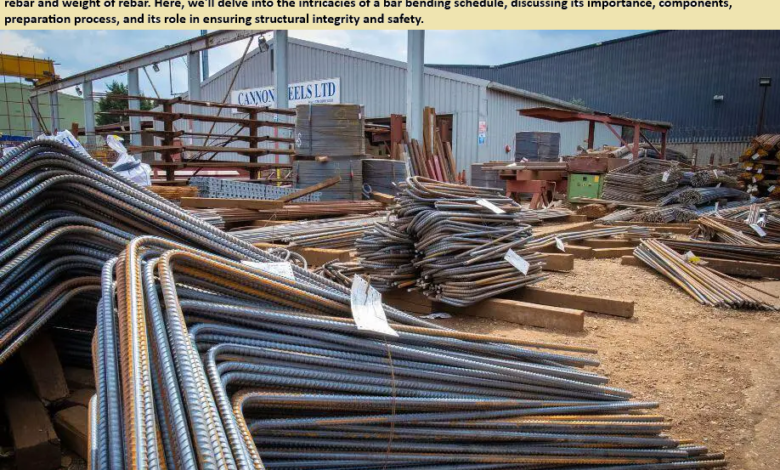
Definition and Importance of Bar Bending Schedule In Construction
In this article, we will discuss what are the bar bending schedule the importance of the bar bending schedule, and the components of the bar bending schedule Preparation Process of Bar Bending Schedule. Definition And Importance of Bar Bending Schedule In Construction
What is the bar bending schedule?
A bar bending schedule (BBS) is a crucial document in construction engineering, particularly in reinforced concrete structures. It provides detailed information about the reinforcement steel bars used in a construction project. like a length calculation of rebar diameter of rebar and weight of rebar. Here, we’ll delve into the intricacies of a bar bending schedule, discussing its importance, components, preparation process, and its role in ensuring structural integrity and safety. Definition And Importance of Bar Bending Schedule In Construction
Importance of Bar Bending Schedule in Construction
Structural Integrity
Reinforced concrete structures rely on the proper placement and arrangement of reinforcement bars to withstand various loads and stresses. If a bar bending schedule or BBS is well-prepared ensures that the reinforcement is correctly positioned as per design specifications, enhancing the structural integrity of the building.
Cost Efficiency
Accurate estimation of required reinforcement bars through a BBS helps in optimizing material usage, reducing wastage, and ultimately cutting down project costs. if the bar bending schedule or BBS is not good means not accurate in length weight and diameter then facing the loos in the project.
Time Management
A detailed BBS aids in streamlining construction activities by providing clear instructions to the workforce regarding bar cutting, bending, and placement. This helps in avoiding delays and ensuring timely project completion. when we prepare the BBS must ensure all drawings are included other wise takes more and extra time.
Quality Assurance
By specifying the types, sizes, shapes, and placement of reinforcement bars, a BBS acts as a quality control tool, ensuring compliance with engineering standards and regulations.

Components/Parts of the Bar Bending Schedule
Project Information
This includes details such as project name, location, drawing number, and date of preparation.
Reinforcement Details
It comprises information about the type, grade, and size of reinforcement bars (rebar) to be used in the construction.
Bar Marking
Each bar is assigned a unique mark or tag for identification throughout the construction process.
Bar Shape and Dimensions
Specifications regarding the bending shape, length, and dimensions of each bar are provided.
Quantity Calculation
The BBS or Bar Bending Schedule calculates the total quantity of reinforcement bars required for the project based on structural drawings and design specifications.
Bending Schedule
This section details the bending angles, lengths, and positions for each bar, ensuring precise bending as per design requirements.
Bar Cutting Lengths
It specifies the lengths at which the reinforcement bars need to be cut before bending and placement.
Bar Placement Details
Information regarding the location, spacing, and arrangement of reinforcement bars within structural elements like beams, columns, slabs, and footings.
Preparation Process of Bar Bending Schedule
-
Calculate The Bar Bending Schedule For One Way And Two Way Slab
-
Bar Bending Schedule for The Pipe Sleeper
-
Bar Bending Schedule For The Staircase
-
How To Calculate The Bar Bending Schedule in Circular Slab
Review Structural Drawings
The first step involves thoroughly reviewing the structural drawings and design specifications to understand the reinforcement requirements for different structural elements.
Quantity Estimation
The quantity of reinforcement bars needed for each structural component is calculated based on the drawings.
Bar Marking and Tagging
Each reinforcement bar is marked with a unique identifier to track its position and usage in the construction.
Bending and Cutting Instructions
Detailed instructions are prepared for bending and cutting the reinforcement bars, ensuring compliance with design specifications.
Documentation
The information is organized and documented in a comprehensive bar bending schedule, which is a reference for contractors, engineers, and construction workers.
Role of Bar Bending Schedule in Construction
Accuracy
A well-prepared BBS or Bar Bending Schedule must ensure the accurate placement and arrangement of reinforcement bars, preventing errors and structural defects.
Efficiency
It facilitates efficient coordination and communication among project stakeholders, enabling the smooth execution of construction activities.
Safety
Properly positioned reinforcement bars, as per the BBS or Bar Bending Schedule, enhance the structural stability and safety of the building, reducing the risk of collapse or failure.
Compliance
By adhering to the specifications outlined in the BBS or Bar Bending Schedule, construction projects can meet regulatory requirements and industry standards.
Documentation
The BBS or Bar Bending Schedule serves as a vital document for future reference, maintenance, and renovations, providing valuable insights into the structural framework of the building.


